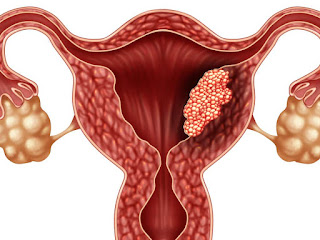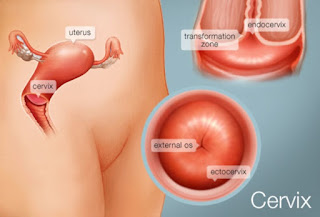Bicornate uterus

Bicornate uterus Definition Bicornate uterus (also called heart-shaped uterus), is a congenital (present at birth) condition where the uterus has two cavities (spaces) instead of one large cavity. Most women with this condition don’t need surgery to repair it. A bicornuate uterus consists of two symmetric uterine horns unified by caudal fusion. Both endometrial cavities communicate with the vagina either through a single uterine cervix (unicollis, most frequent) or through two uterine cervices (bicollis, less frequent). The occurrence of cervical atresia with the bicornuate uterus is rare. Patients may present with pelvic pain due to hematometra and retrograde menstruation from a non-communicating uterine horn. Treatment options are controversial and include hysterectomy or uterovaginal canalization with the principal goal of relieving the symptoms ...





